|
I made a new bra today, and I'm quite pleased with how it turned out. I'll start off by saying my dress form doesn't really fill it out properly; it fits me perfectly! This is the diagonal seam cup I tested out on my bra fitting band. The lace sling is the same pattern piece that I used in my black lace balconette, but in this case is purely decorative and not functional as a powerbar.
5 Comments
Today I made a bra fitting band following the instructions on the Merckwaerdigh blog. A bra fitting band serves two purposes: 1. When first fitting a bra pattern, after finding the correct wire, the next step is to fit the band. It is easier to fit the bra in steps than try to fit the underwire, band and cups all at the same time. 2. Even though I now have a well-fitting bra pattern, I want to try out different bra cup designs, and rather than make an entire bra every time I make a style change, I can sew up a single cup to check the design and fit. To begin, cut out the bridge, cradle, and back band pieces. Since this is only for fitting, I cut a single layer of simplex for the bridge and cradle and didn't bother with lining. Sew the elastics on as usual. This would be a good opportunity to use up scraps, and you could zigzag together shorter pieces if necessary. I didn't happen to have any scraps in the correct widths, so I just used white. If I was sewing a regular bra, the next step would be to sew the channeling to the cup/cradle seam allowances. Since I don't have a cup, I marked out the seam allowance on the cradle and sewed the channeling below the markings. I sewed the channeling to the inside of the bra, but it could work on the outside as well. Finish the underarm elastic as usual. As you can see in the picture below, I inserted the wires and closed the channeling at the center front. Don't do that! As soon as I started to sew on a tester bra cup I realized the underwire would be in the way (duh) and I had to unpick the seam. So leave one end of each channeling open. And here is the fitting band on my dress form. The straps are just pieces of elastic, I figured it would be simpler to pin the front of the straps to the cups and didn't bother with rings and sliders. Now the new cup styles. My self-drafted bra has horizontal cup seams, and I wanted to try both vertical and diagonal seams. I cut and sewed one cup in each style, with the vertical seam as a right cup and the diagonal seam as a left cup. After removing the underwires from the channeling, I basted the cups into my fitting band, keeping in mind that extra seam allowance would stick out at the underarm edge that would normally be finished with elastic. Looks like I forgot to add seam allowance to the neck edge of the vertical cup. Oops! Now pop the underwires back in and try it on. My dress form is not as squishy as I am, and doesn't have as much lower cup fullness as I do. The diagonal seam cup fits me very well and doesn't seem to need any changes. There is some weirdness in the fit of the vertical seam cup. Horizontal wrinkles in the lower part of the cup seem to indicate not enough room, and the bulging above the apex means there is too much curve in the seam. Looks like I have some alterations to work on!
In my previous post, I shared how I altered the Barrett Bralette pattern to fit me. Last week I realized that most of my old sports bra are falling apart, so it was time to cut out another Barrette. I have a large pile in the corner of my bedroom of clothing and other items that are going to be donated to the local thrift store. My husband likes to fling just about every old thing into the pile, without really discerning whether anyone would actually be likely to buy it. One of the pieces of clothing in the pile was an old t-shirt, which had a neck band that was stretched out. I really liked the fabric, a cotton/poly jersey in blue and black, and decided that since it was too worn out to donate I would cut it up into a couple sewing projects. So far, that one t-shirt has turned into two pairs of panties and a bralette. I'd say that is a pretty good deal! It bothers me when trims don't perfectly match the fabric color, so I tend to go for contrasting colors. I had some magenta picot elastic (from Lace Heaven) and I really like the bright pop of color it adds. The back band is black powernet. This time around I didn't add a lining to the cups, so I topstitched the seam allowance open. We shall see if the raw seam allowances are irritating to my skin or not. Also, I used my 1" black elastic again for the straps and band. If you read my previous post, you know why!
Have you cut up old clothes and turned them into new creations? Yesterday I finished sewing my second Barrett Bralette, a free pattern from Madalynne. Before I share my newest project with you, I wanted to share my first Barrett Bralette and how I altered the pattern to fit me. It seems like this sort of bralette only works well on small cup sizes, so when this pattern was published I was anxious to see how it worked on women with small rib cages and larger cup sizes. On Instagram I saw Barrett Bralettes on a wide variety of figures, and realized I had two options for altering the pattern to work for me. For reference, my underbust measurement is 31.5" and my full bust measurement is 37". I usually wear a 32D in my handmade bras. Options for altering the pattern: 1. Use a large cup size and pair it with a small band. 2. Use a small size appropriate to fit my underbust measurement and increase the projection. I decided to go for #2, since most of my fullness is in the lower cup, and I prefer not to have a lot of fabric in the upper cup going towards my armpit. According to the pattern directions my underbust measurement would have technically put me in an x-small, but I decided that would probably be too tight and cut a size small instead. At the apex (fullest part of the bust) I added 3/8"on both the center front and side cup pieces and gradually blended back to the size small. Why 3/8"? To be honest, it was just an educated guess and luckily it worked for me. I cut my project from cotton/lycra jersey and lined it with stretch mesh. I planned to use this bralette as a sort of sports bra, but I don't do very vigorous exercise so a super supportive bra was not necessary for me. One of the changes I decided to make was to use 1" elastic as both the straps and the entire back band. Why elastic only? Well, there's a story to tell and I'll get to that once I finish showing you my bralette. I used the back band pattern piece as a guide and cut three lengths of elastic. I basted them to the edge of the side cups, then topstitched down the entire seam. To secure the straps to the back elastics, I sewed a zigzag box over all the crossing points. I'm quite happy with the fit and feel that it gives me a good amount of support for a bralette. I think using a strechy-but-firm knit fabric really helps to provide support, and so does adding a mesh lining. I like to show the guts of my bra makes, even if they are a bit messy. Please excuse any wonky stitching. Now.. why did I use so much 1" wide black elastic? Because I have lots of it. Lots and lots of it. My husband spent all of 2016 stationed in South Korea, about 20 minutes from Seoul. He is a brave and adventurous type (and also has a degree in anthropology), so on his days off he'd hop on the subway, pick a random exit, and just explore the surrounding area. One day, he happened to stumble upon Dondaemun, Seoul's fabric market. Seven floors of fabric, trims, and commercial embroidery and sewing. He was amazed by all the vendors and wanted to get something for me. At that time I was beginning my bra-making journey, so I sent him swatches of the plush back elastics and straps that I was looking for. While I am blessed to have a husband that is eager to do nice things for me, he doesn't quite have the eye to pick out things that match the samples I give him. He found a vendor selling this black elastic and thought he had hit the jackpot. The vendor did not speak English, but through a few Korean words and gestures, Aaron thought he communicated that he would like five yards of elastic. The man nodded and began unrolling the elastic and measuring. And measuring and measuring, and unrolling and unrolling. Aaron became alarmed when the pile of elastic grew bigger and bigger and quickly looked up the Korean word for five (daseos) and waved his five fingers. The man nodded his head and just kept measuring. Aaron's friend said "Dude... I think you're getting that whole roll." Sure enough, that is what happened. The man shoved all the elastic into a grocery bag and wrote up the bill... which, translated into American dollars was a grand total of $15. Hah! Quite a good deal. While not plush back elastic, it is quite soft against the skin, and not overly firm like packaged elastic. So I am happy to use it in sports bras and waistbands. I put my bralette on my form to check the strap placement and realized that with my latest pair of briefs (from the pattern I am developing, stay tuned!) I had inadvertently created a matching set.
Have you tried the Barrett bralette? What do you think of the fit? Also, have you been to any of the amazing fabric markets around the world? Have you found any good fabric and trim deals? Remember the red shirt I made my husband for Valentine's Day? He loves it and has worn it several times, but there is a fit issue still bothering me. Diagonal wrinkles from the armhole up towards the neck. This is a common fit issue in RTW shirts for him as well. I searched through all my books on fitting, and all of them say the problem is sloping shoulders. Before I made this shirt, I had adjusted the shoulder slope several times and I really didn't think that was the problem. The typical shoulder slope adjustment is to lower the shoulder line at the armhole edge, and then lower the armhole by the same amount to preserve the armhole length. The wrinkles in this shirt were not loose; in fact they were quite tight on his body. Just to be sure the problem was not the shoulder slope, I followed the instructions in this video from Threads, and traced around my husband's neck and shoulders to check the slope against the pattern. Spot on! So if that wasn't the problem, then what was? I continued to do more research on the internet, and came across a post in a sewing forum of someone having a similar problem in fitting a men's t-shirt. The issue? Atheltic build. More fabric is needed in the upper back and upper chest to accommodate muscles. So I traced off the pattern onto tissue paper, and drew lines across the upper chest and back. Beginning at the center, I cut them open, leaving a hinge at the armhole. I had my husband try them on carefully, and I let the tissue hang open. Sure enough, he needed about 1" on the front and 3/4" on the back for the tension in the tissue to be released. I don't have pictures of the fitting because he gets antsy and I need to work as quickly as possible. While I try to be professional (even with my spouse) during a fitting, I think he still feels I am negatively judging his shape and not the shape of the pattern. Something for me to work on, I think. I had to re-draw the neckline, and also straighten the center back and center front seams. Time to work on a new muslin! These fitting issues are making me wonder if it would be worthwhile to develop a men's shirt pattern for athletic builds. The Sewcialists recently posted an interesting article on sewing for plus-size men. Sewing patterns for men already seem to be limited, and plus-size even more so. I already have a long queue of patterns I wish to develop, but I think I will add in a men's shirt for athletic builds in larger sizes.
Do you sew clothes for men? What sort of fit issues do you have? |
CassieI design lingerie sewing patterns for everyday comfort and feminine style in an inclusive size range. Fill up your underwear drawer with beautiful custom-made bras and panties in your favorite fabrics and trims, designed to fit your body. Categories
All
Archives
March 2024
|

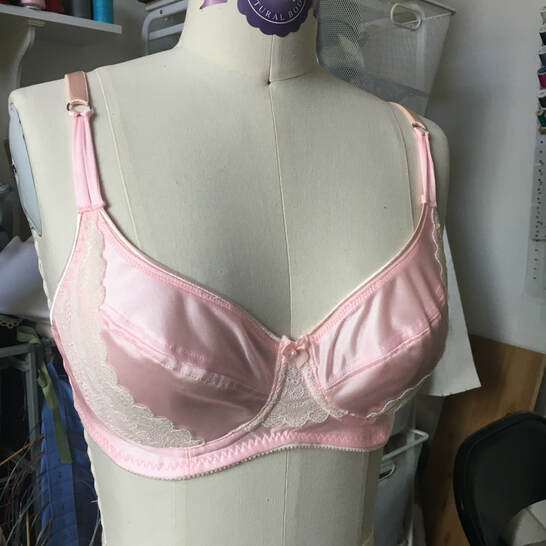
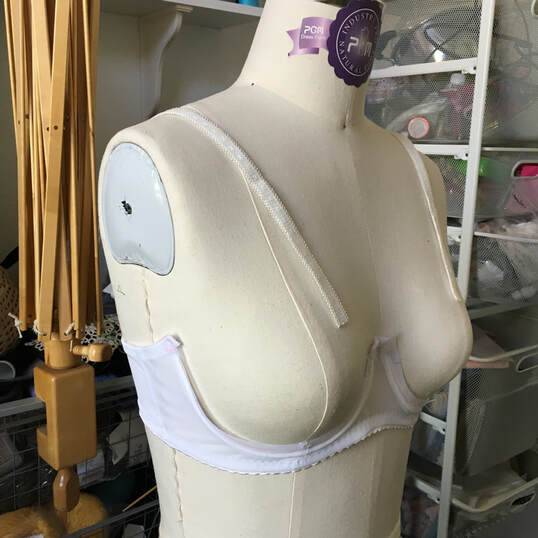
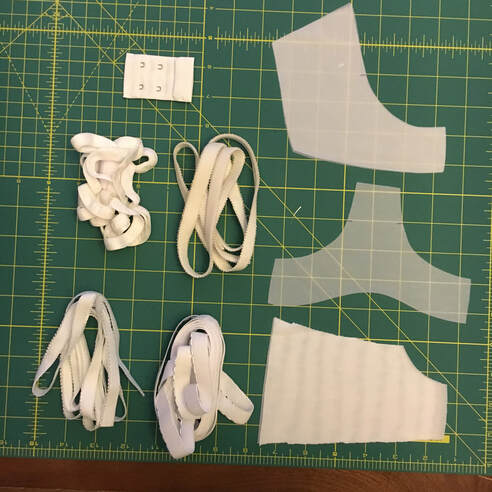
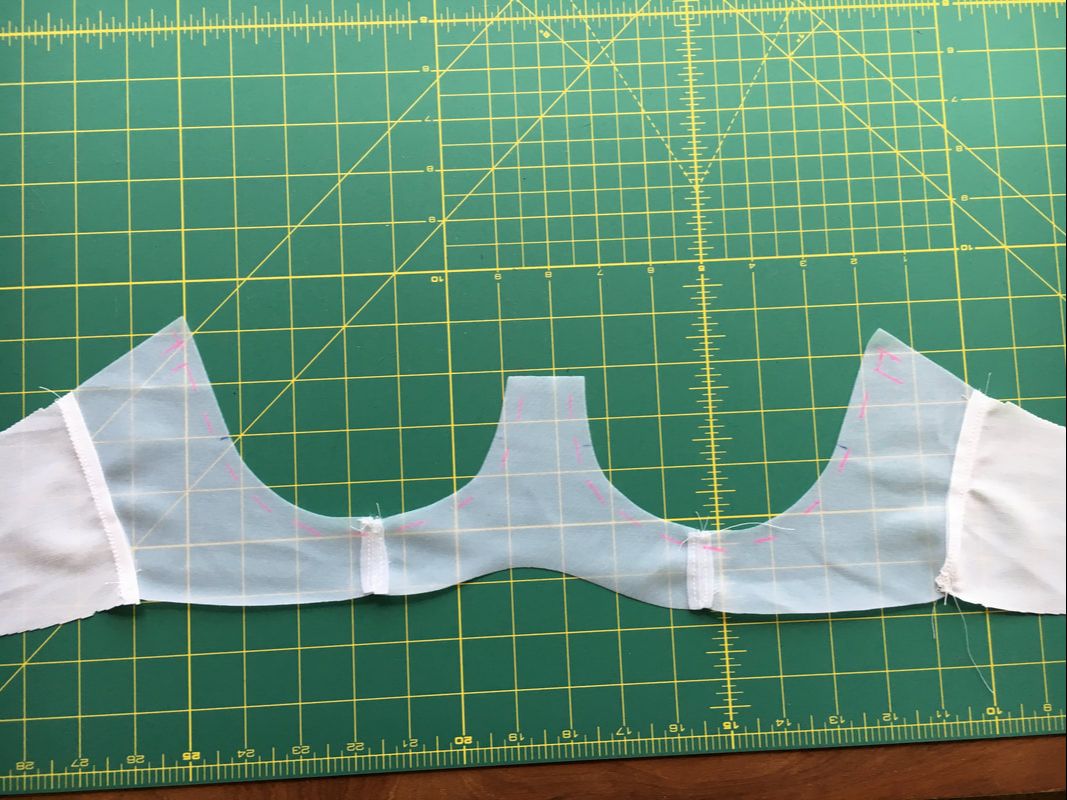
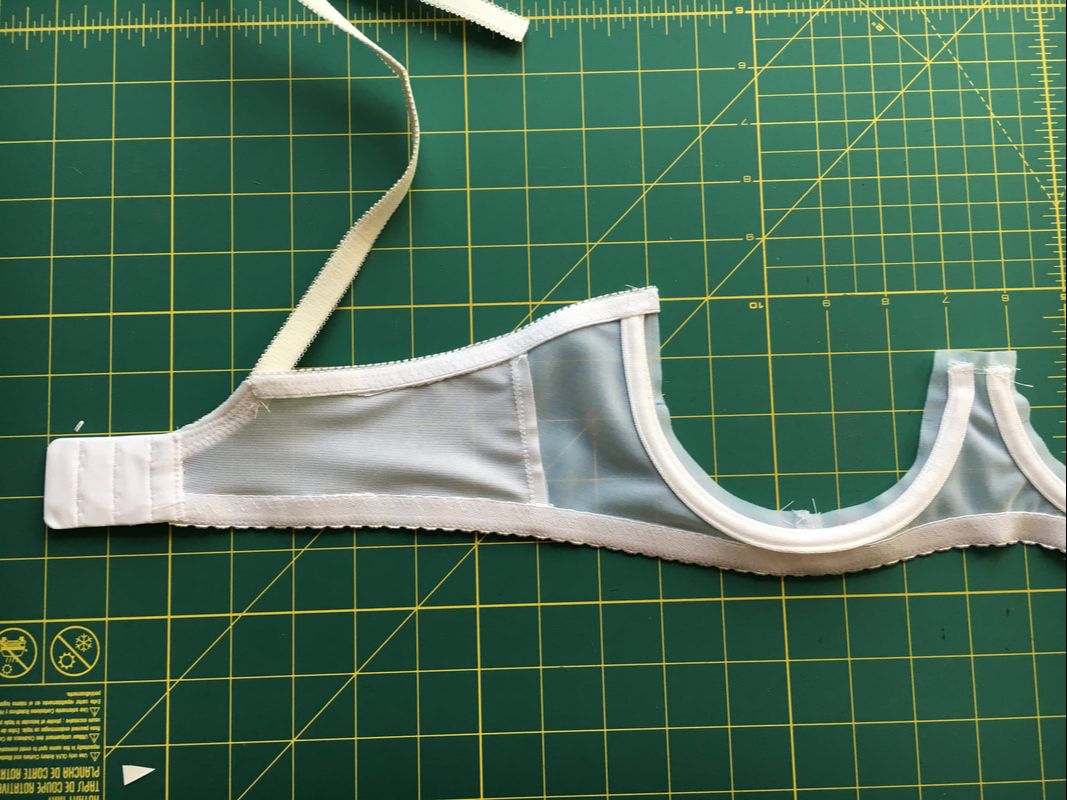
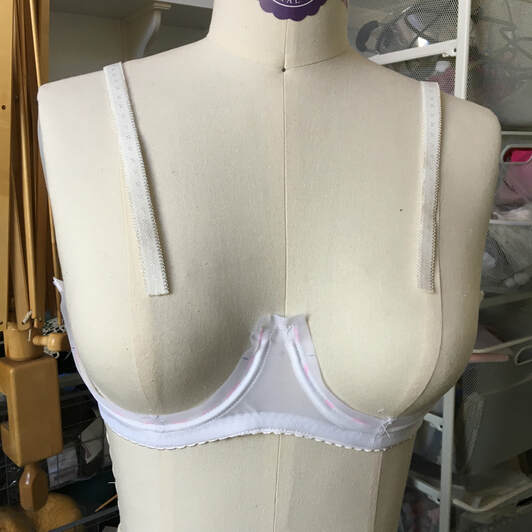
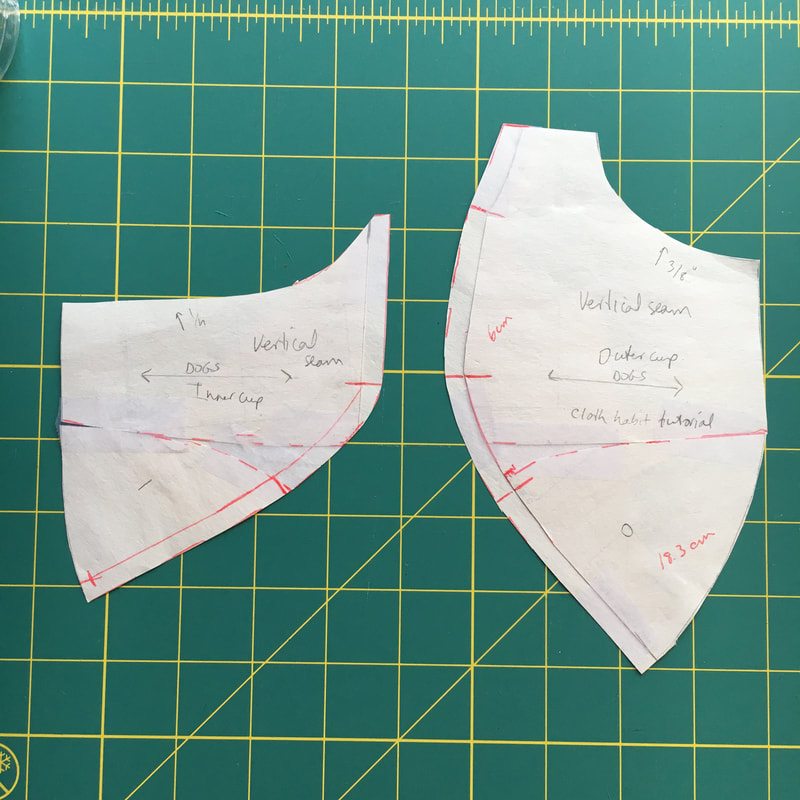
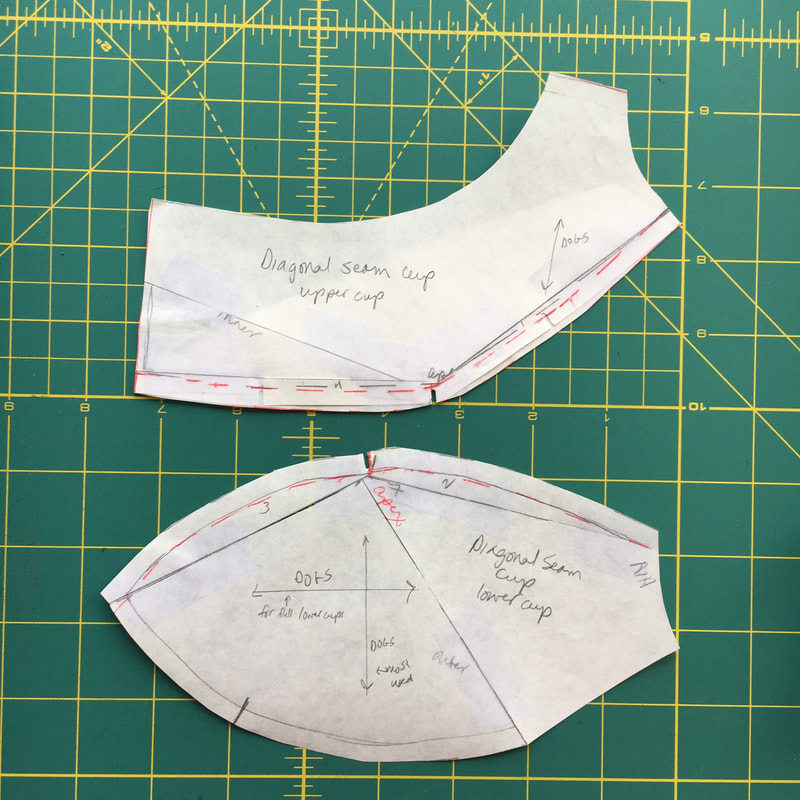
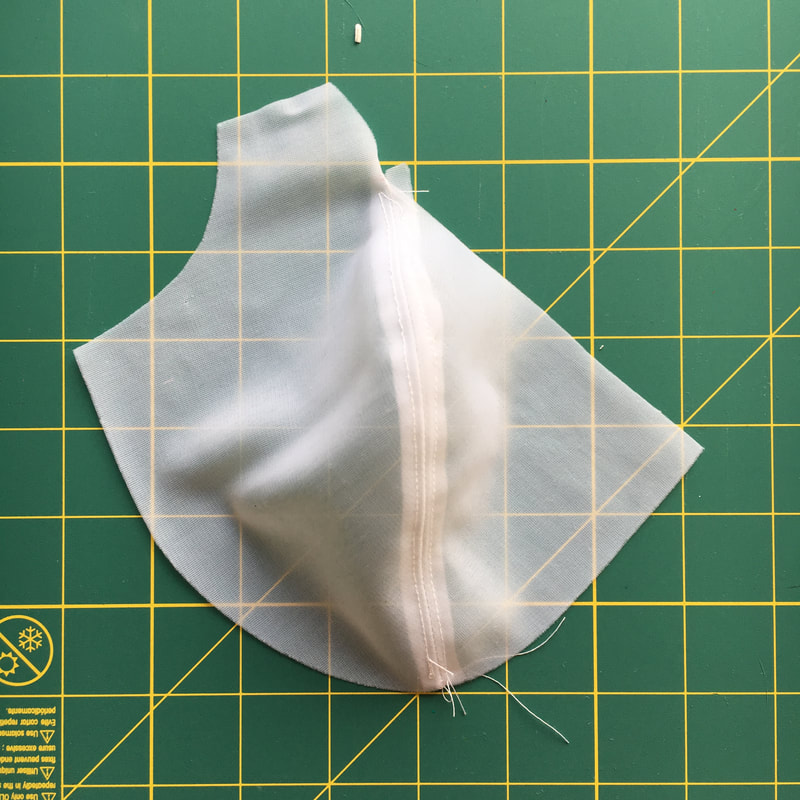
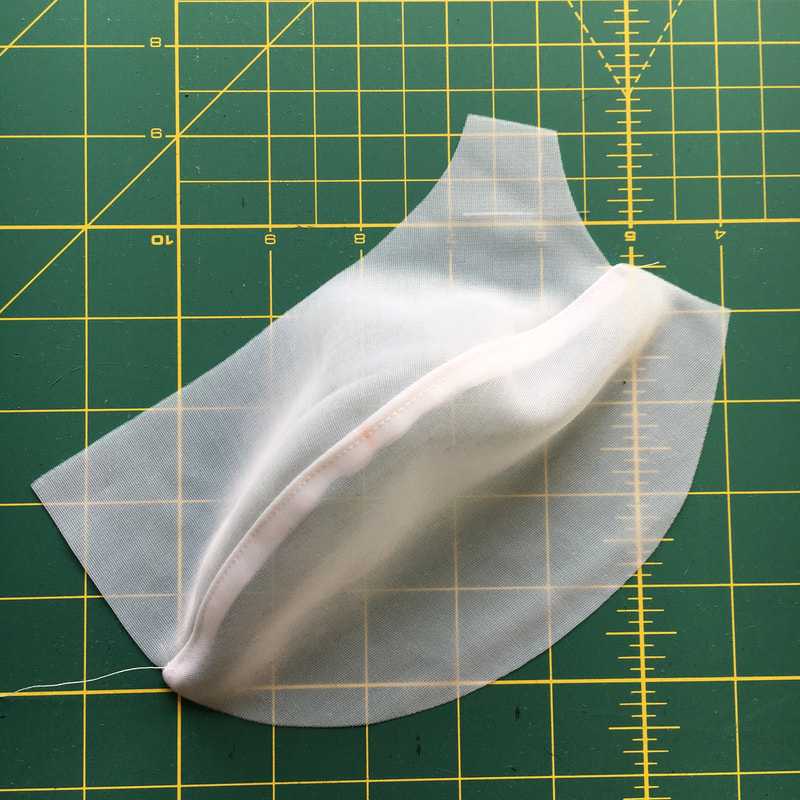
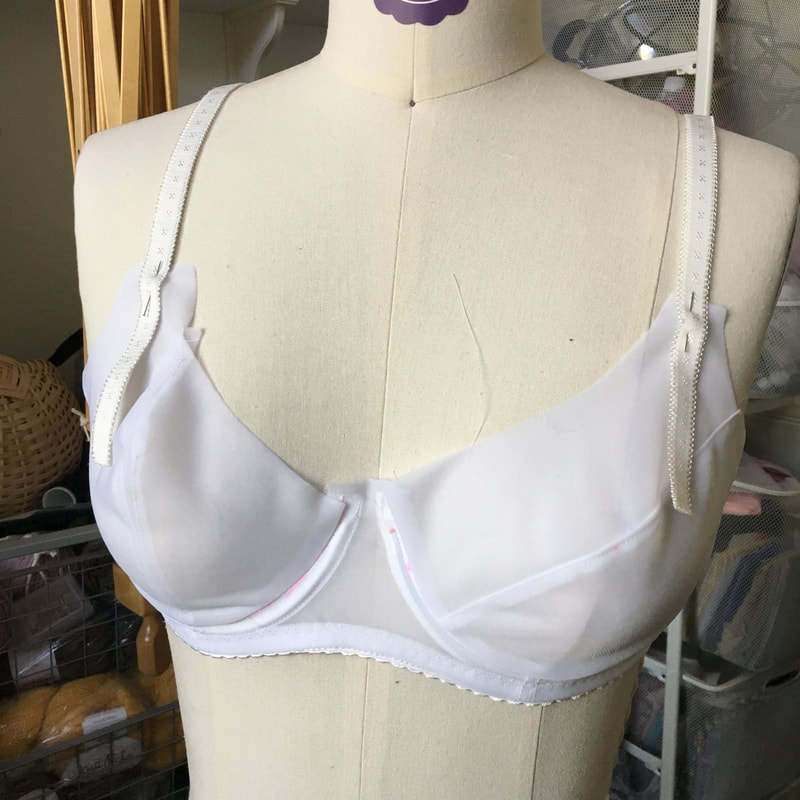
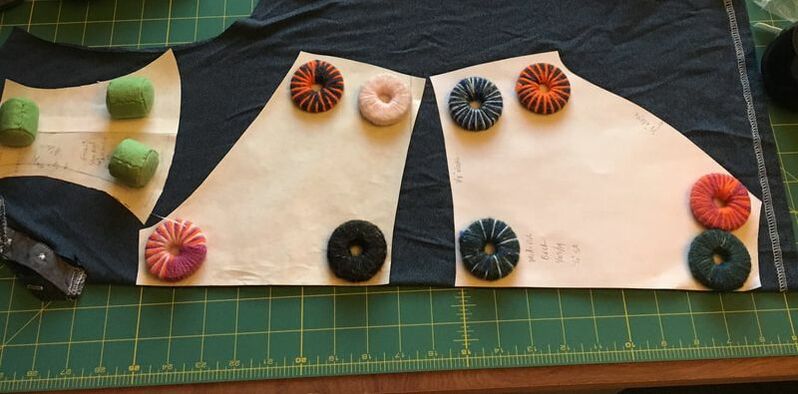
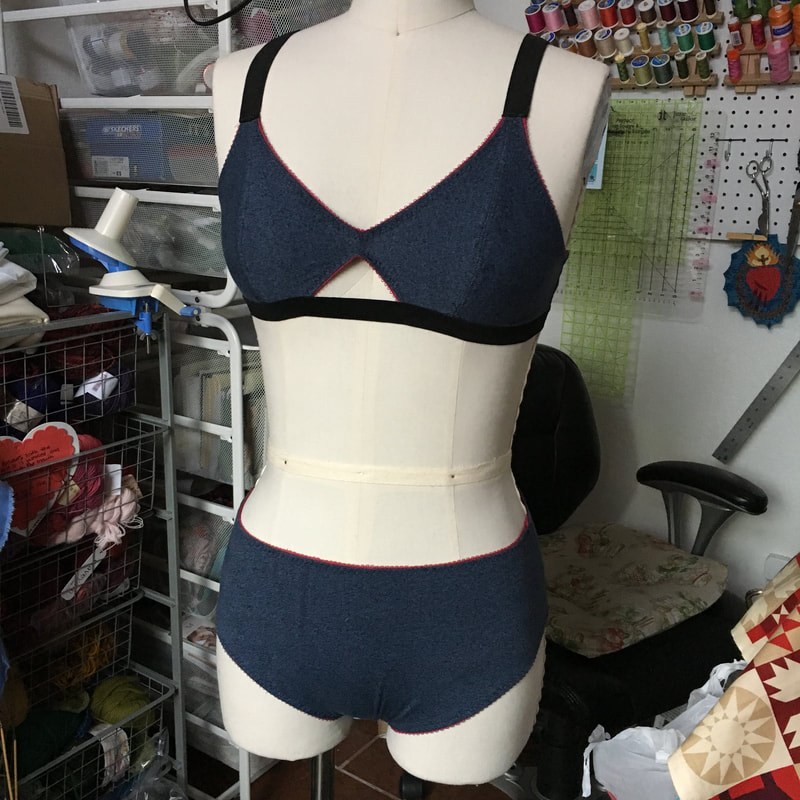
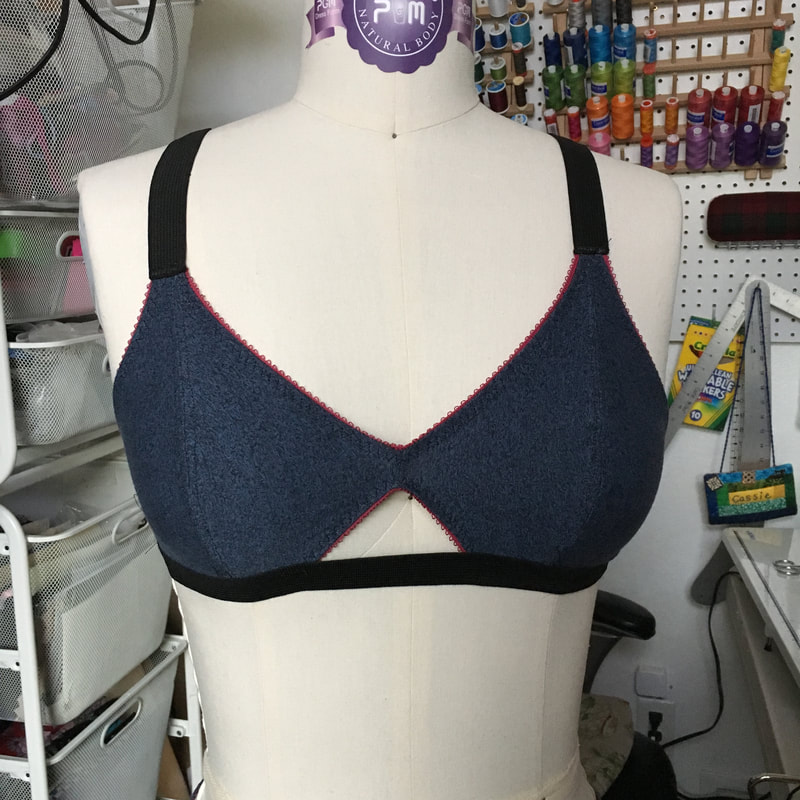
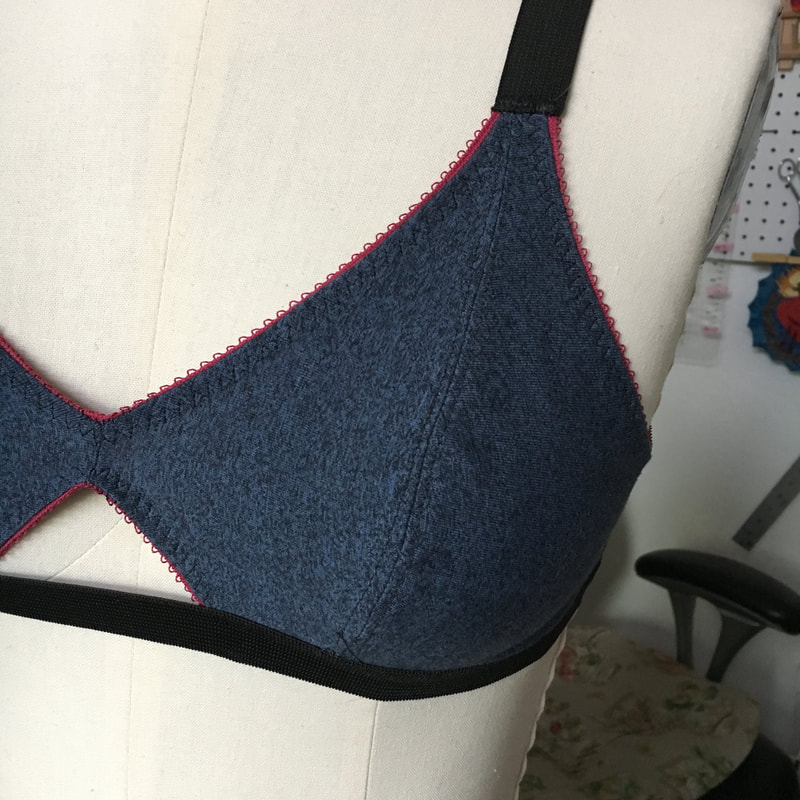
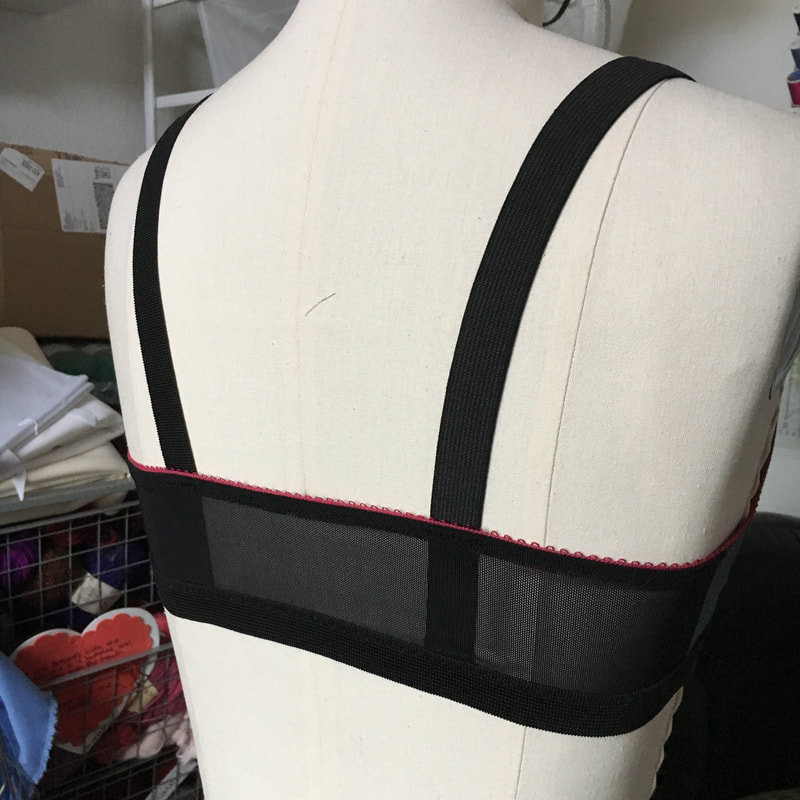
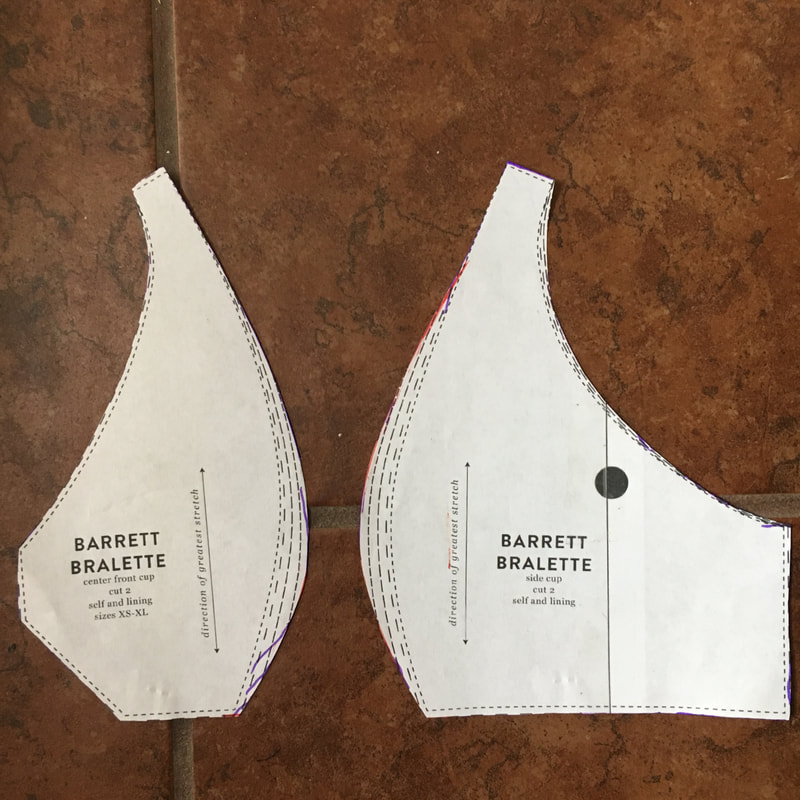
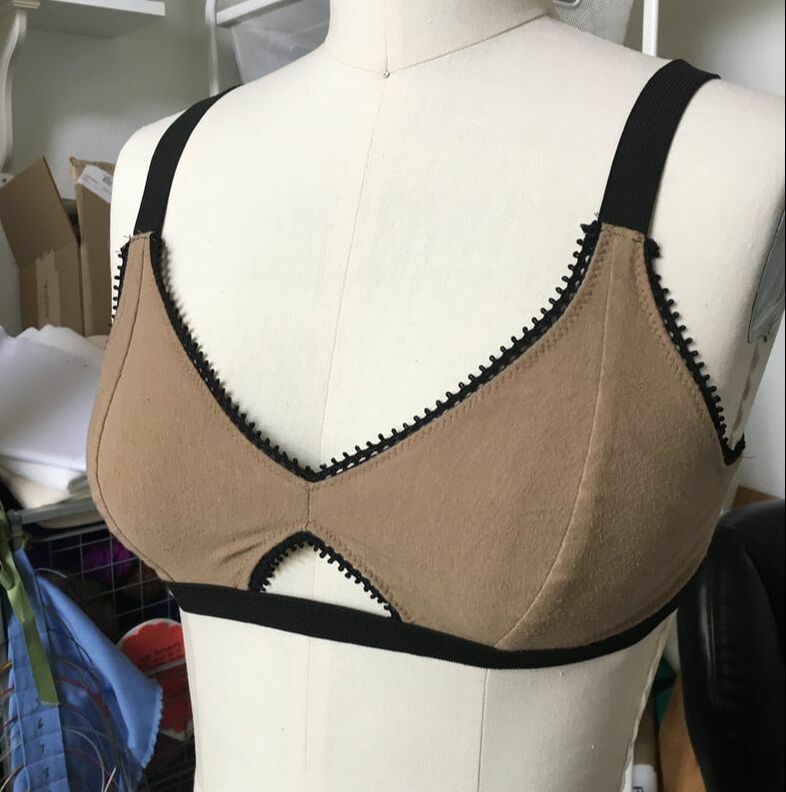
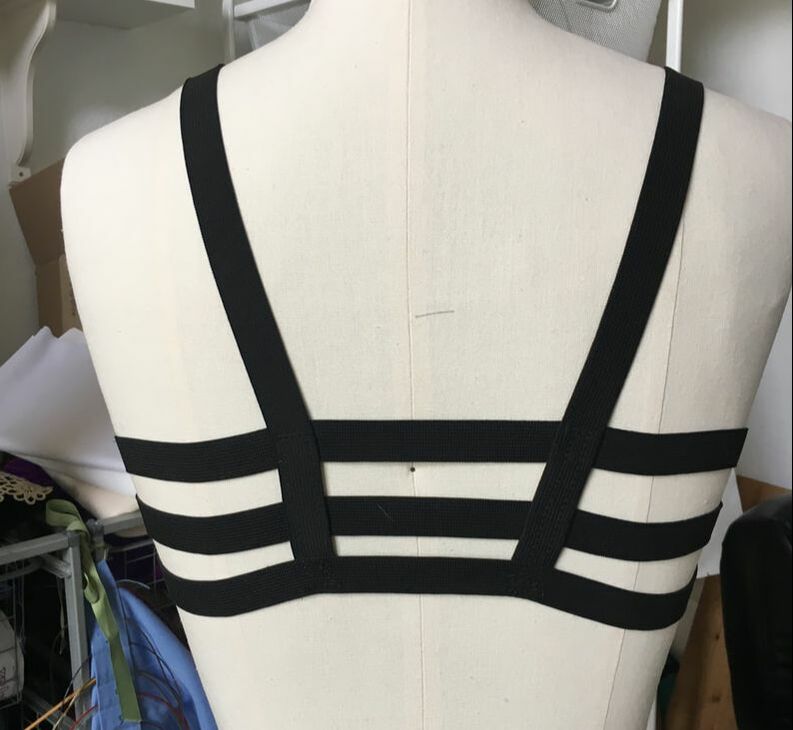
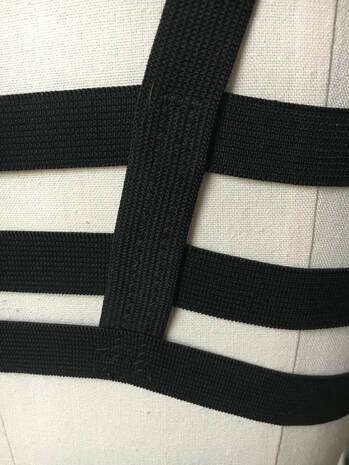
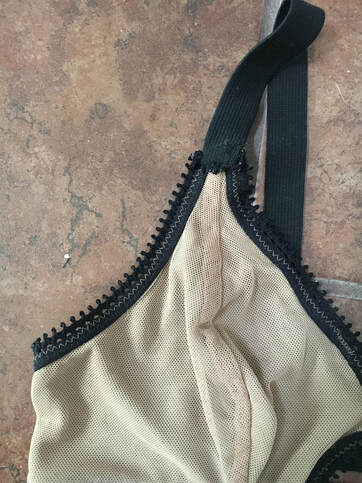
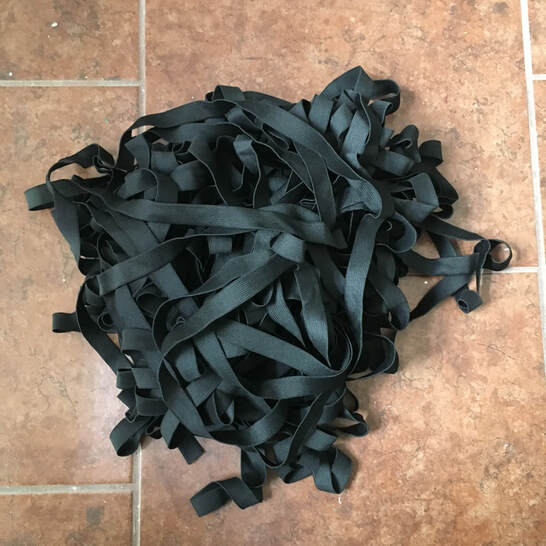
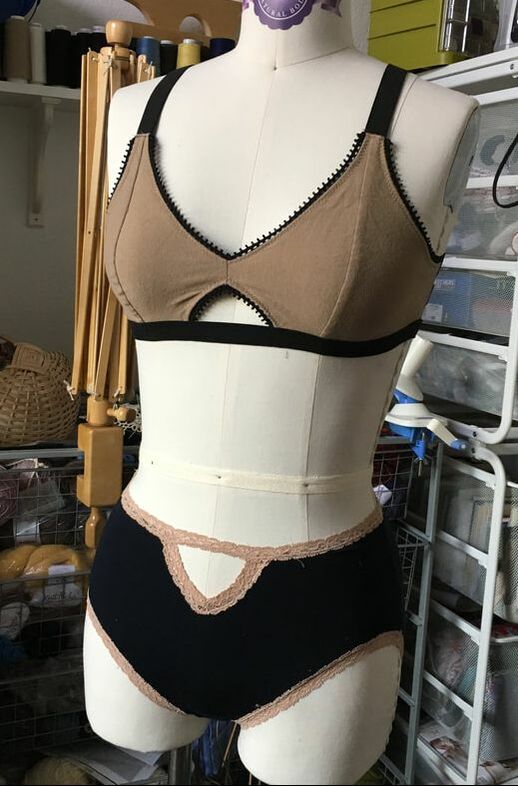
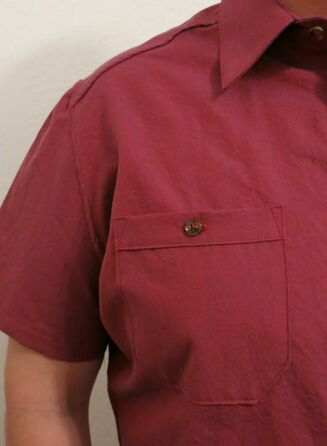
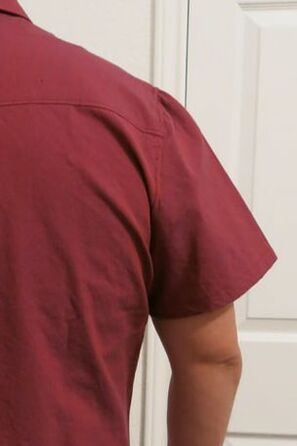
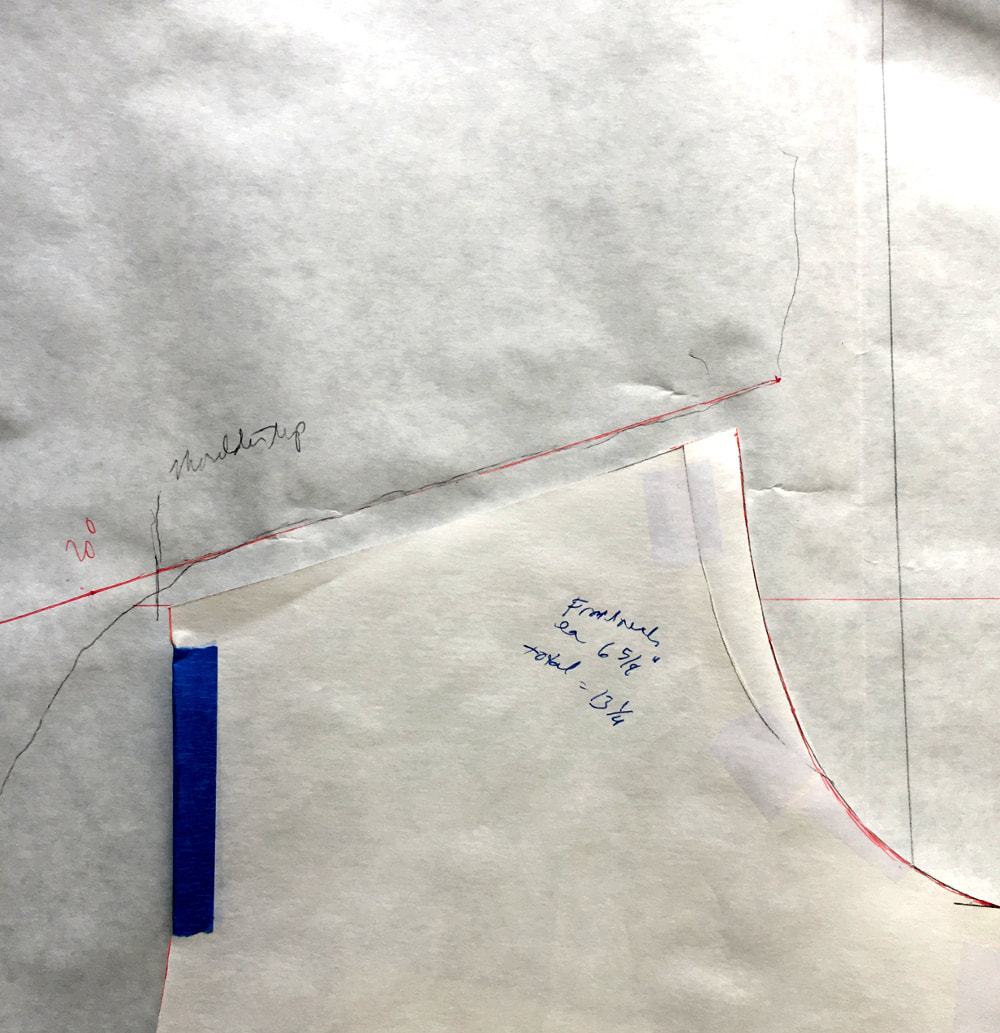
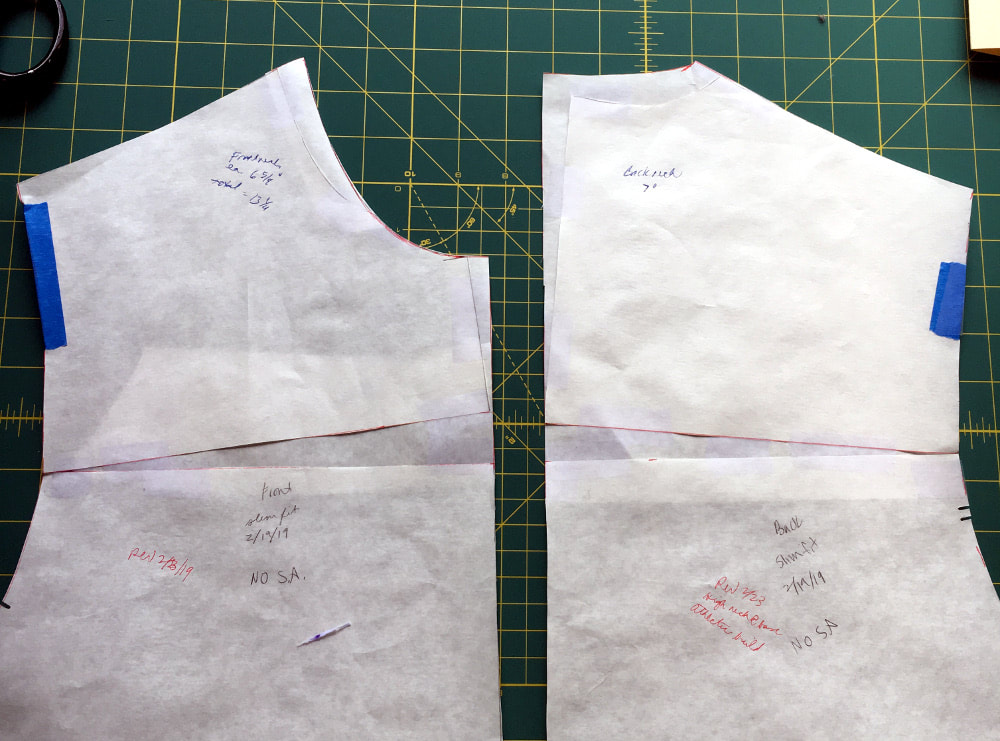


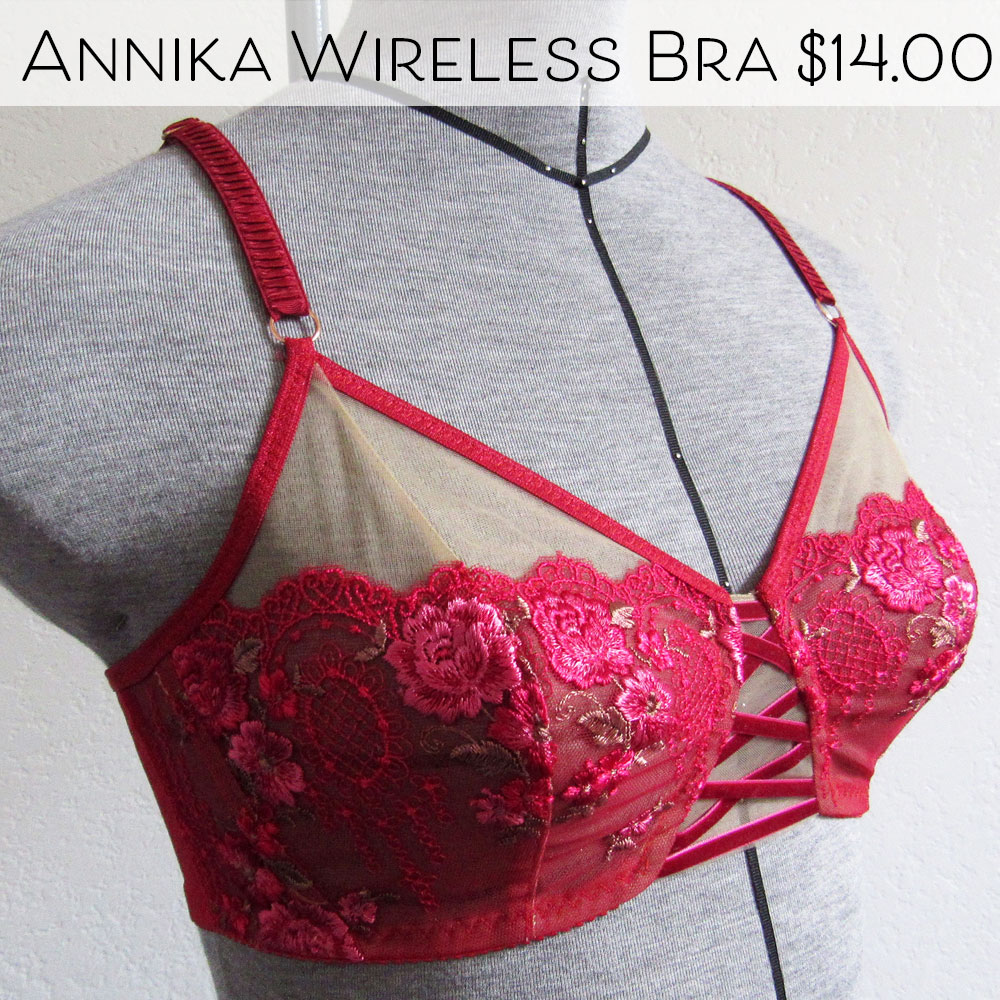
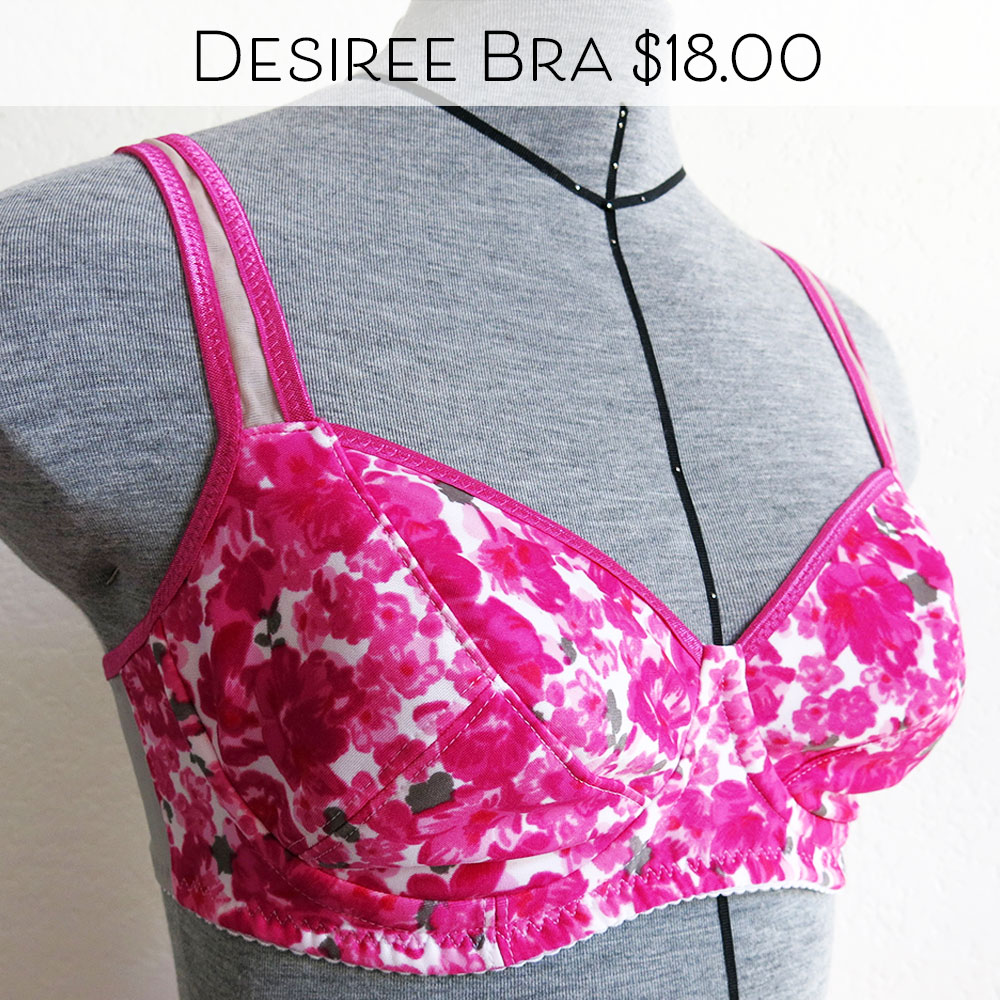
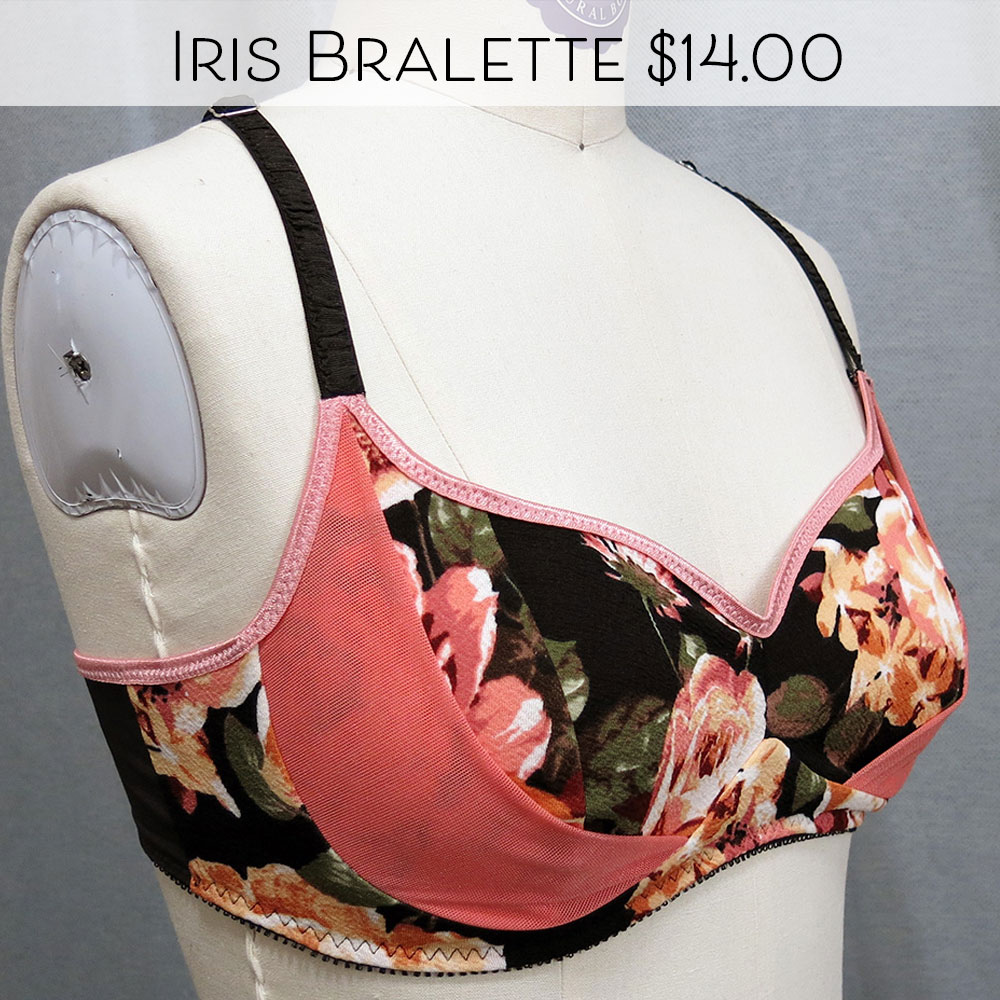
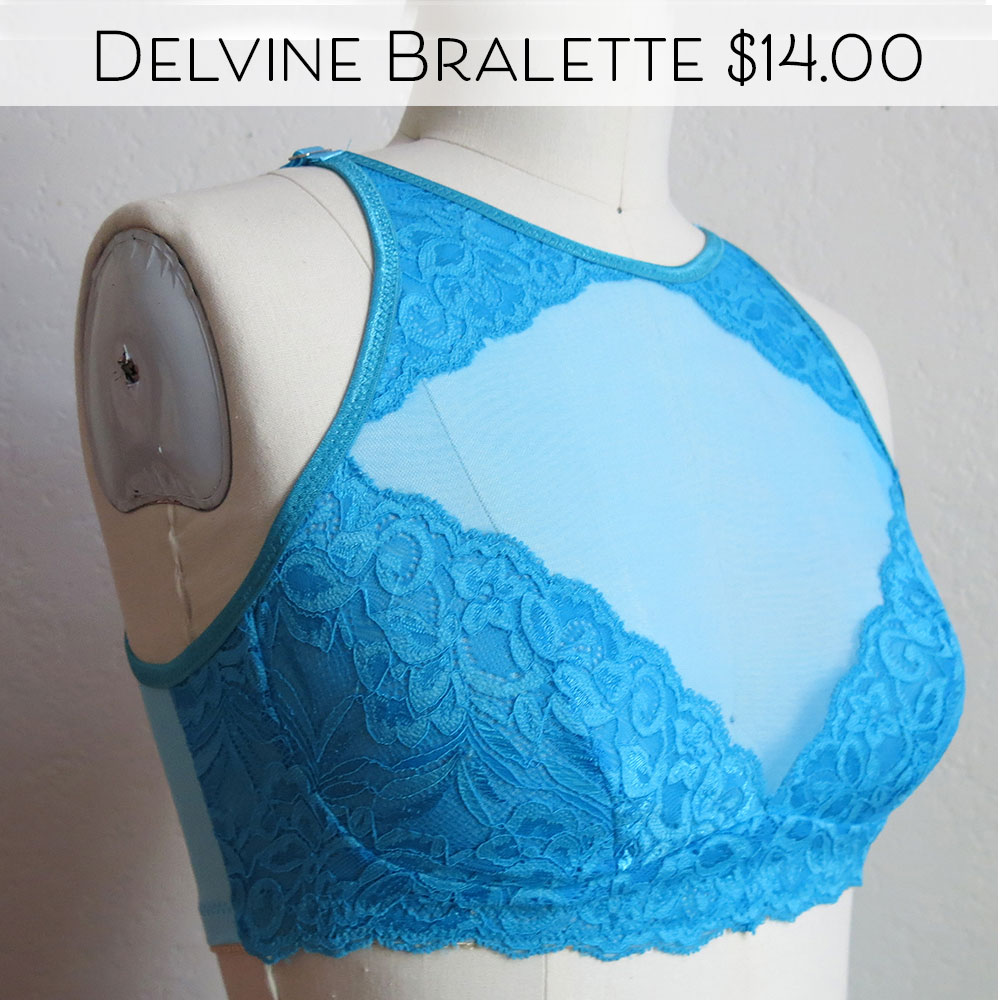
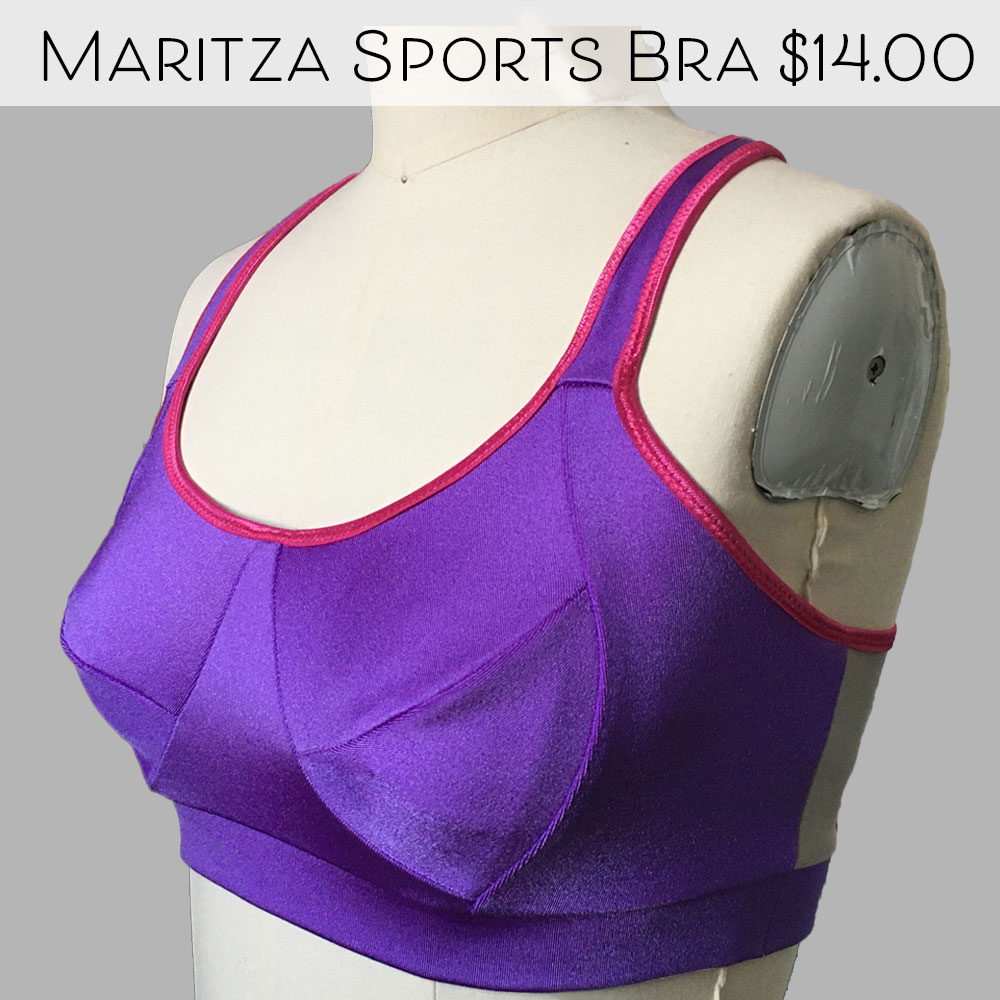
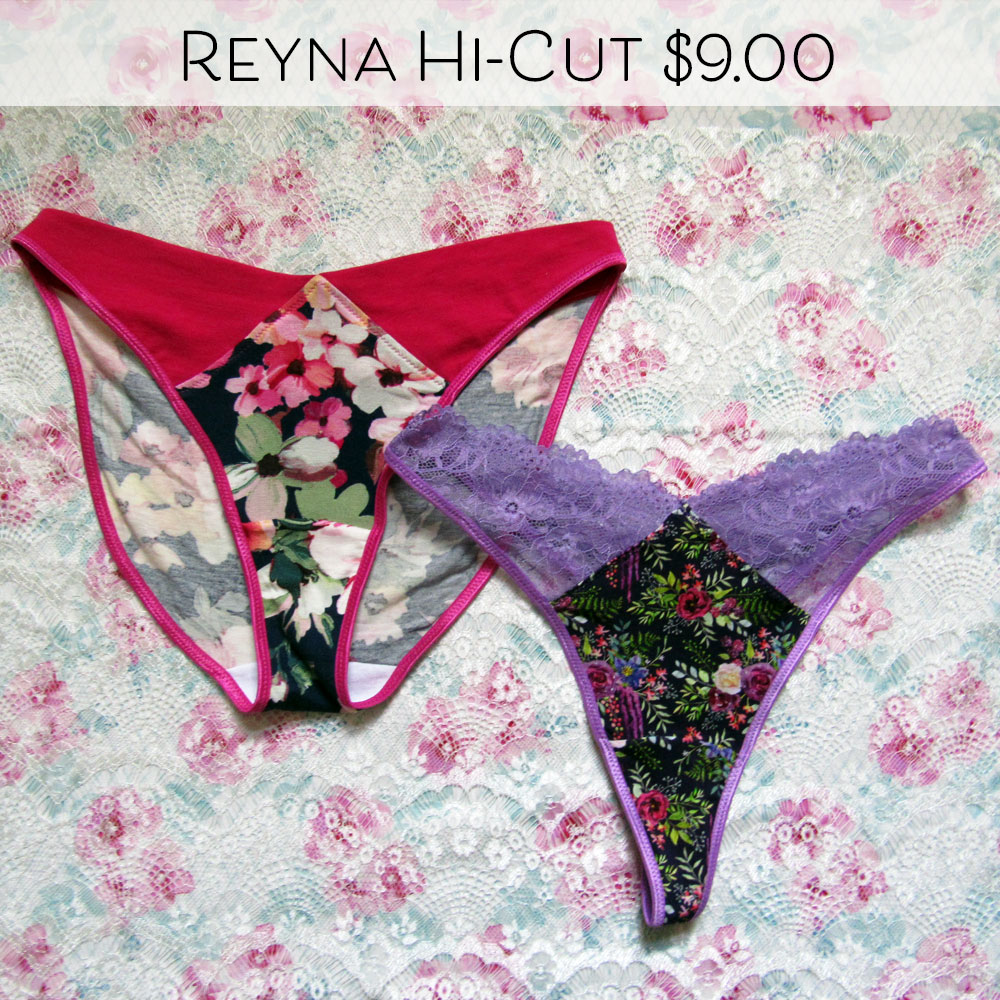
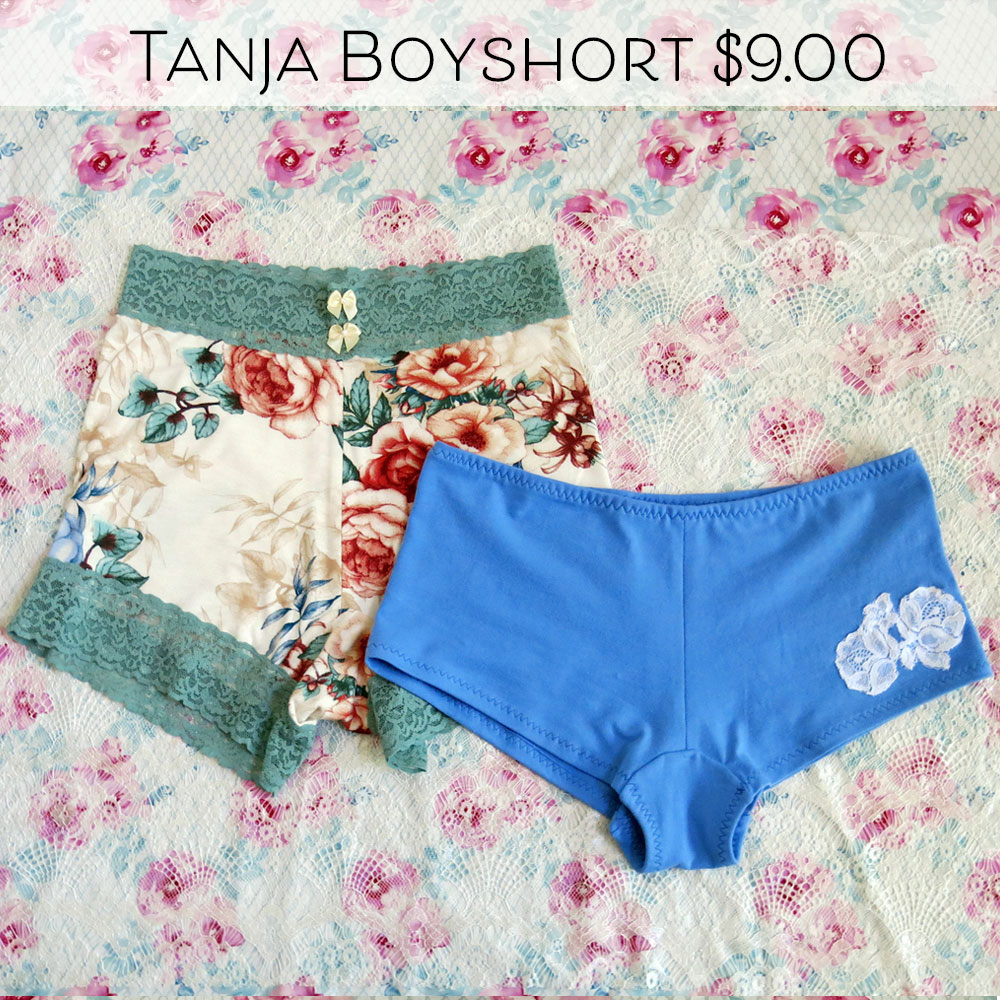
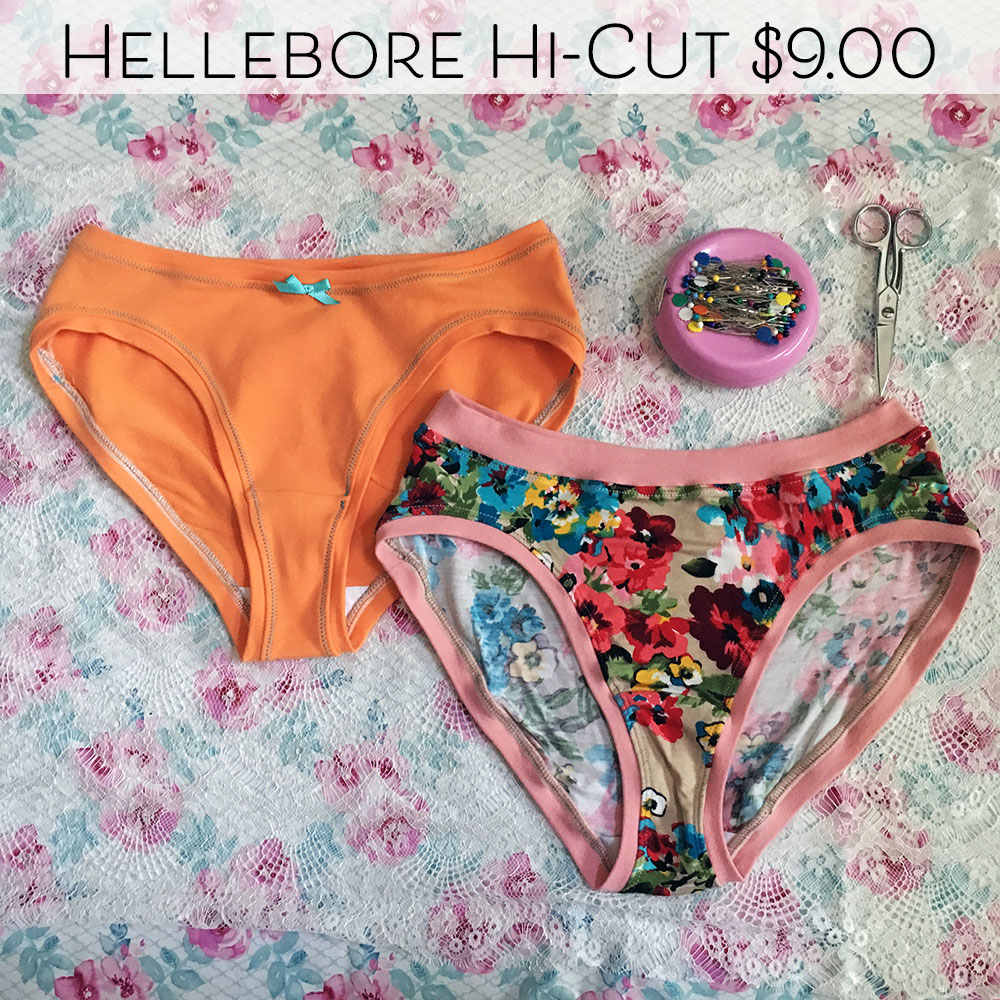

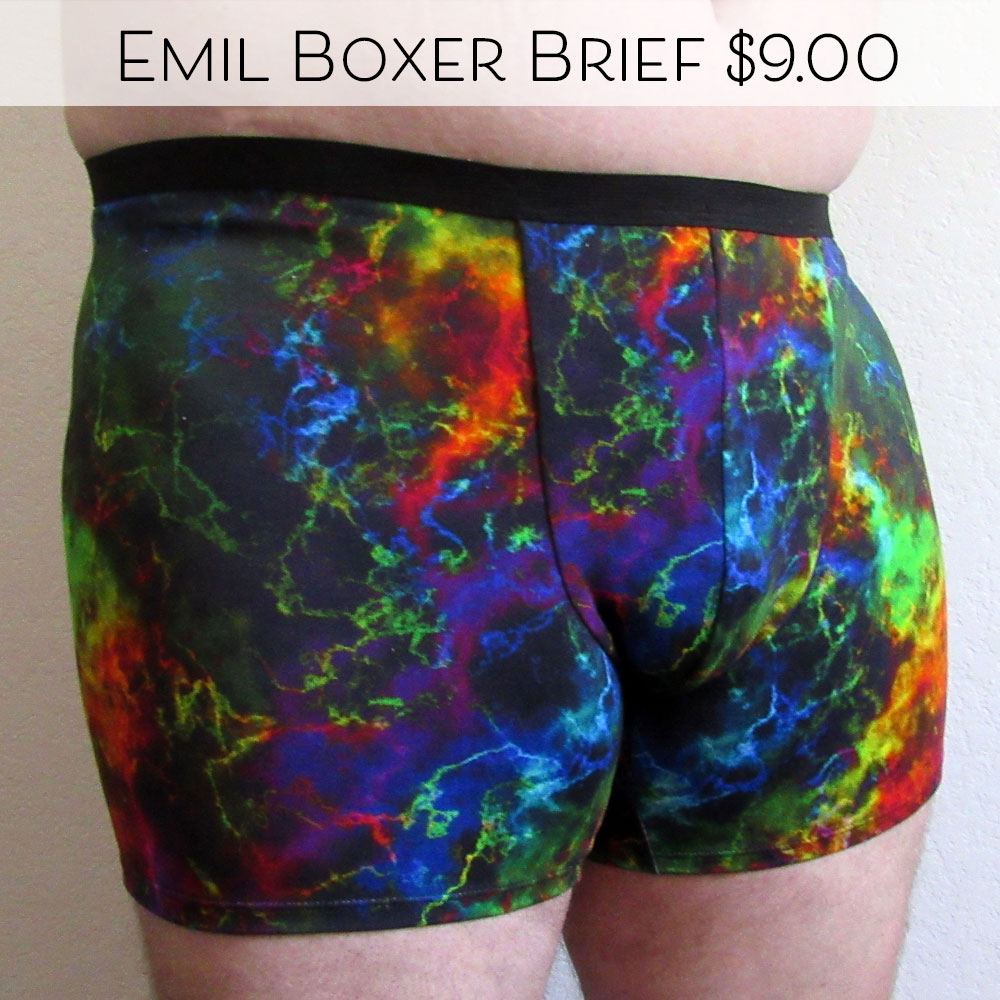

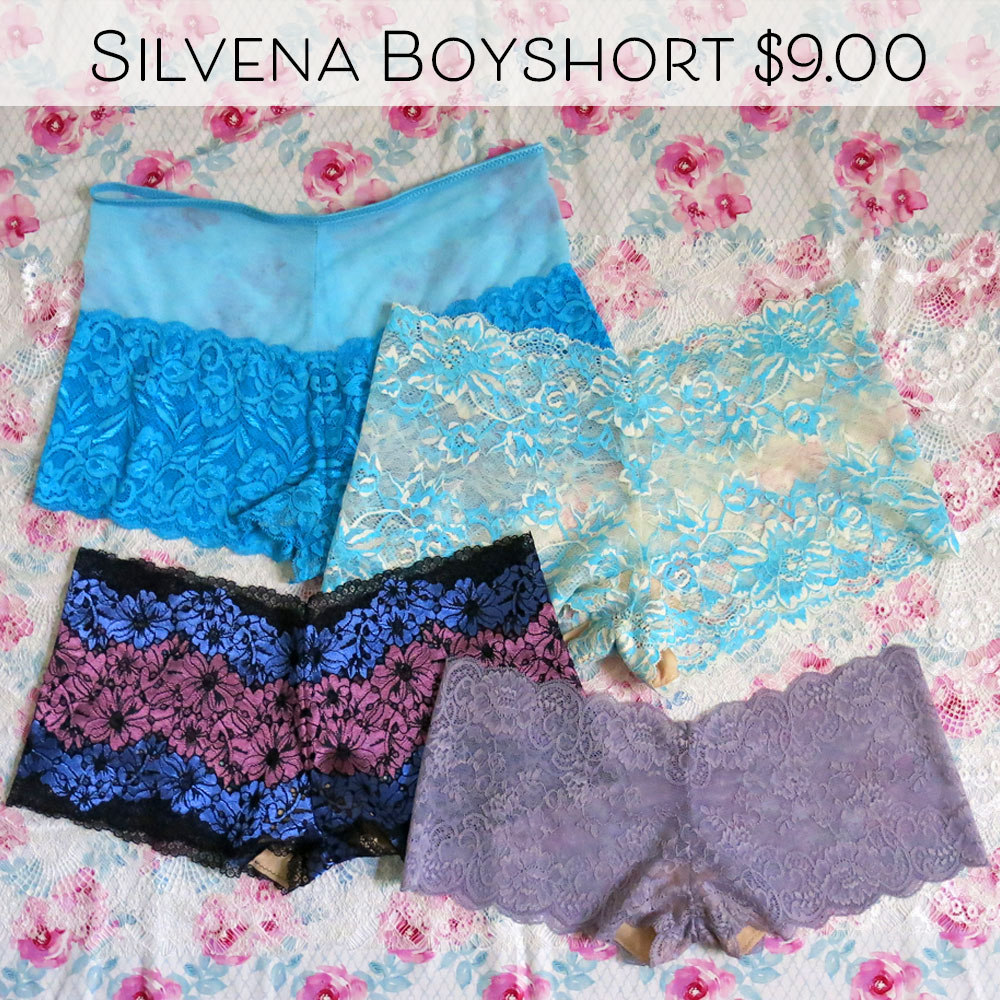
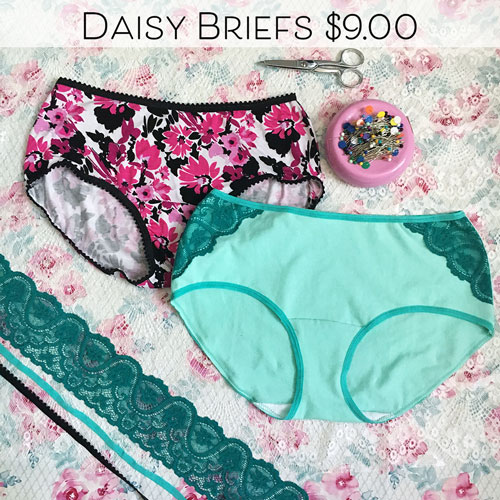

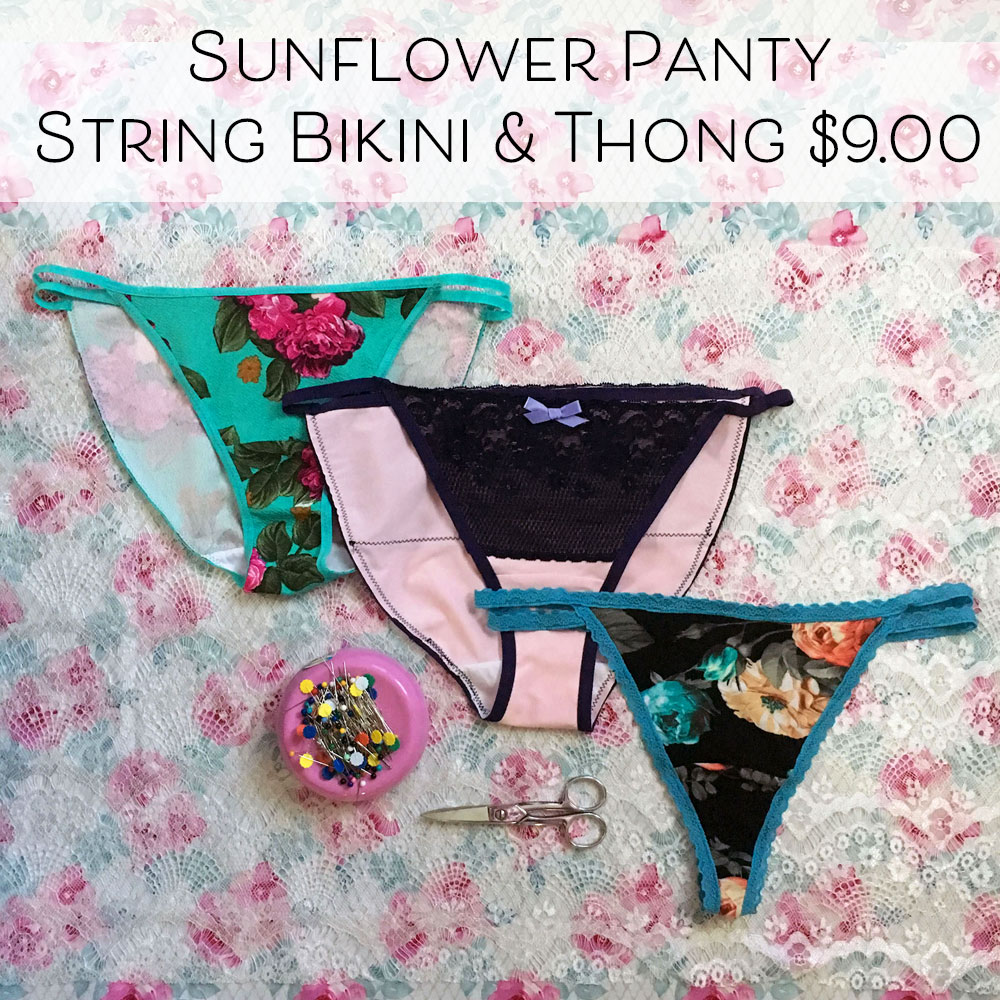
 RSS Feed
RSS Feed